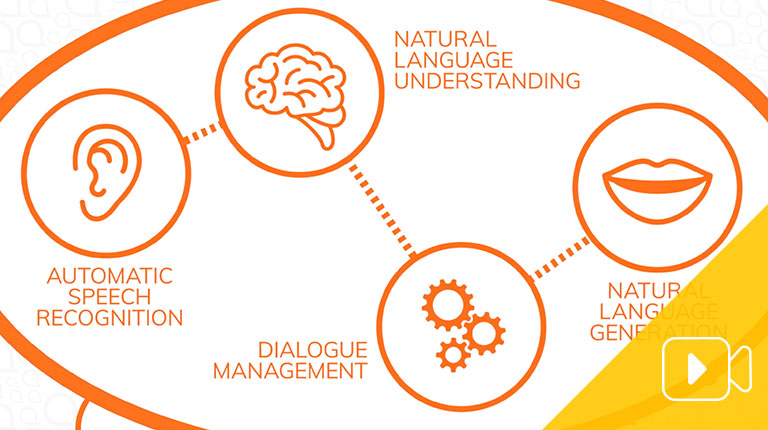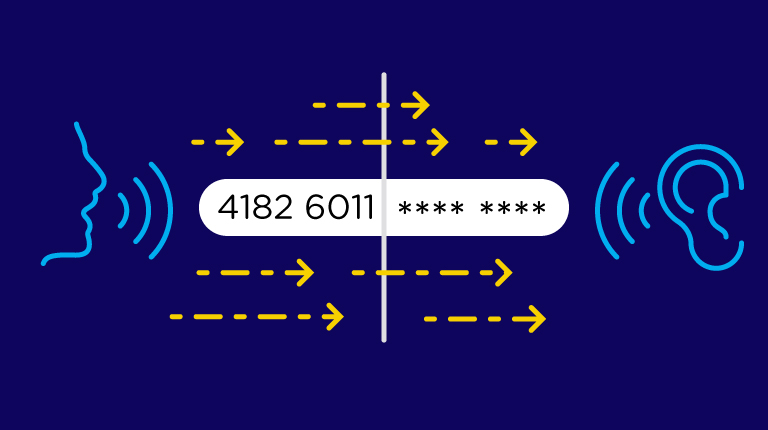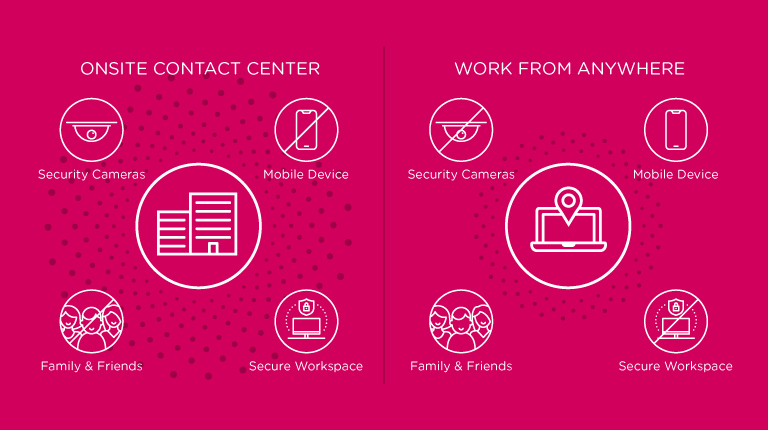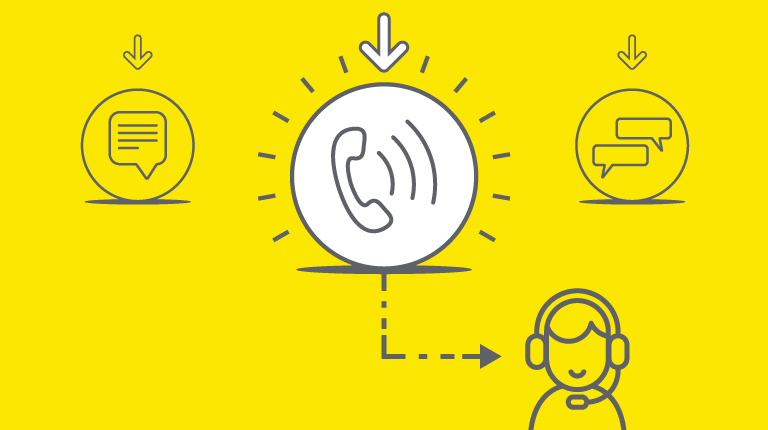Voice biometrics is a convenient and secure method of authenticating a caller’s identity with just a few words. This is made possible by the fact that everyone has different physical and behavioral characteristics that influence the sound of their voice and in combination these are – just like a fingerprint – unique to every individual.
Voice Biometrics and Customer Service
For customer service, we can use Voice Biometrics to authenticate the identity of a caller by comparing the current call with a previous one. Then, depending on how close the match is, we can make a decision to fulfill their request or transaction without the need for other forms of authentication.
While the science is not new, the successful implementation at scale for customer services is far more recent. Voice Biometrics has significant advantages over legacy authentication methods such as knowledge-based questions, PINs and passwords.
Specifically, Voice Biometrics solutions are:
- Quicker: Only a few words are needed for authentication
- Easier: Customers don’t have to remember passwords or challenge questions
- Safer: A customer’s unique voice is not subject to social engineering, unlike PINs and passwords
Why Now?
Voice Biometrics is already delivering millions of authentications every day for private and public sector organizations across the globe. No industry is immune to the undercurrents that have led these earlier adopters down this path, but the adoption decision will inevitably vary depending on the customer, security, technology and cultural context of each organization.
Several trends are leading to increased adoption of Voice Biometrics across industries, including:
- Changing customer expectations and behavior
- Technology maturity that enables increased efficiency without adding costs
- Increased threat of fraudsters
- Growing organizational and customer acceptance
How to Make the Case
Despite the numerous benefits, in some markets and industries champions of Voice Biometrics solutions will inevitably encounter skepticism and uncertainty. It is therefore very important to ensure that when making the case for implementation, equal importance is given to satisfying emotional as well as rational needs. Organizations that identify and maintain a clear vision, linked to a primary benefit area be it customer, security or cost, are the most likely to be successful both in making the case for the project and in implementing it.
For a comprehensive guide on how to build a successful business case for Voice Biometrics, read our latest whitepaper.





